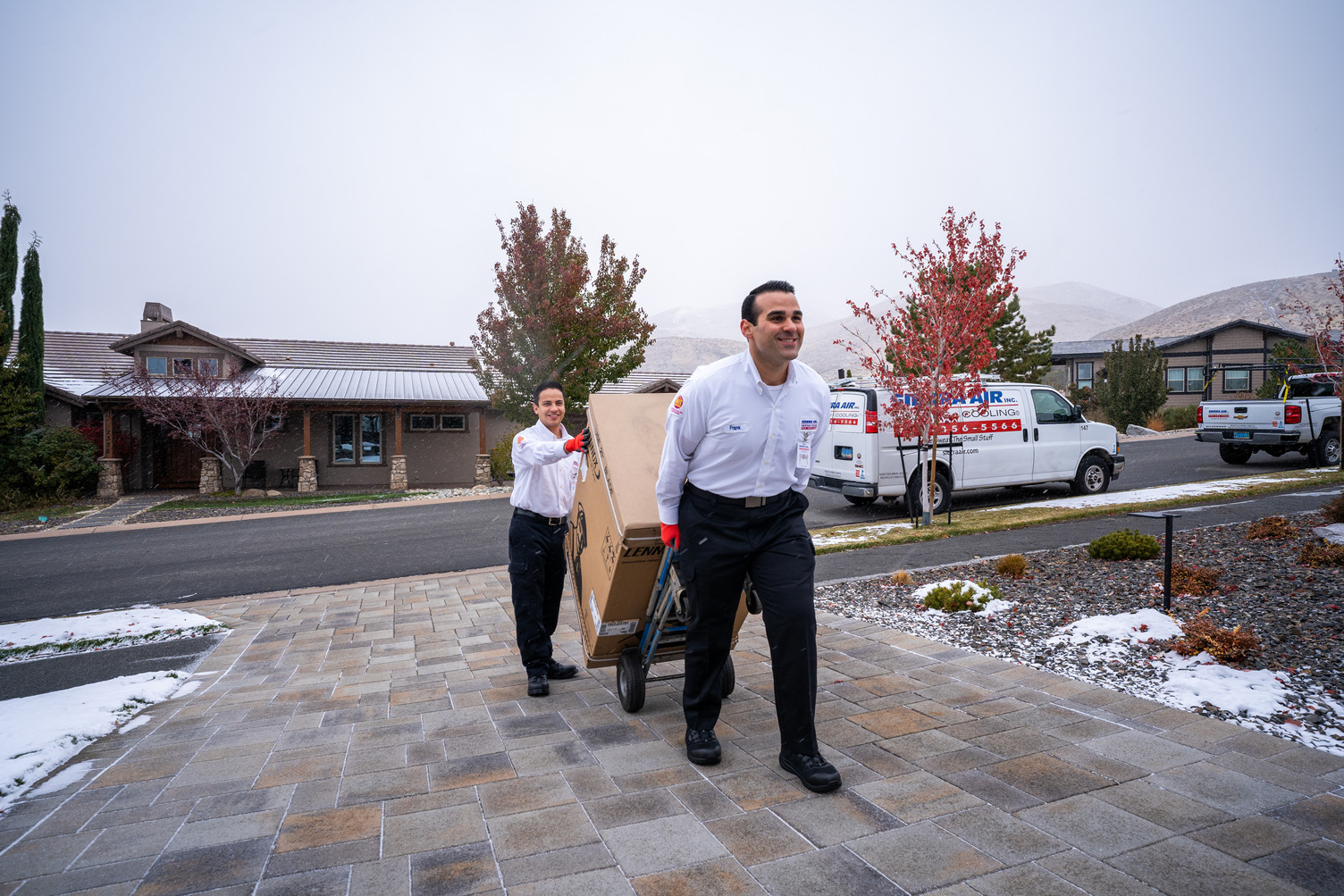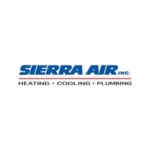The chemical “bloodstream” of your air conditioning system is refrigerant. It’s the substance that circulates through your AC coils, absorbing heat from your indoor air and releasing it outside, ultimately keeping your home cool and comfortable.1 While often invisible and rarely thought about, the type of refrigerant your AC uses is a crucial factor impacting its efficiency, environmental footprint, and even your future repair costs.2
The landscape of AC refrigerants has undergone significant changes over the years, primarily driven by environmental regulations aimed at phasing out substances harmful to the ozone layer or contributing to global warming.3 For homeowners, understanding these different refrigerants is key to making informed decisions about AC maintenance, repairs, and future upgrades.
The Evolution of AC Refrigerants: From Old to New
The journey of refrigerants in residential AC systems has seen a few major shifts.4 Here’s a breakdown of the primary types you might encounter and what you need to know about them:
1. R-22 (Freon): The Phased-Out Pioneer
For decades, R-22, often known by its brand name Freon, was the industry standard.5 It was reliable and effective at cooling homes.6 However, R-22 is a hydrochlorofluorocarbon (HCFC), a chemical compound that was found to significantly deplete the Earth’s ozone layer.7
- Environmental Impact: High Ozone Depletion Potential (ODP).
- Status: Production and import of virgin R-22 in the United States were completely halted as of January 1, 2020, under the Clean Air Act and the Montreal Protocol.8
- What it means for homeowners: If your AC system was installed before 2010 (and potentially up to 2015, depending on manufacturing dates), it likely uses R-22. While you can still service these systems, the supply of recycled R-22 is finite and shrinking, leading to skyrocketing costs for refrigerant recharges.9 If your R-22 system develops a leak, repairing it can be very expensive, and it might make more financial sense to replace the entire unit. As parts for older R-22 systems also become scarcer, maintenance will become increasingly challenging.
2. R-410A (Puron): The Former Industry Standard
As R-22 faced its inevitable phase-out, R-410A, commonly known as Puron, emerged as its primary successor.10 This hydrofluorocarbon (HFC) refrigerant became the standard for new residential AC systems manufactured after 2010.
- Environmental Impact: While it has zero Ozone Depletion Potential (ODP), R-410A still has a relatively high Global Warming Potential (GWP), meaning it contributes significantly to climate change if released into the atmosphere.11
- Status: Similar to R-22, R-410A is now also facing a phasedown.12 Under the American Innovation and Manufacturing (AIM) Act, the production and import of HFCs like R-410A are being phased down by 85% by 2036.13 Starting January 1, 2025, new residential AC systems manufactured for the U.S. market can no longer use R-410A.14
- What it means for homeowners: If your AC unit was installed between roughly 2010 and late 2024, it likely uses R-410A. You can continue to operate and service your existing R-410A system for its lifespan.15 R-410A will still be available for servicing existing units for the foreseeable future, but its price is expected to rise as production decreases.16 If you are looking to replace your AC system soon, especially before the end of 2024, you might still find R-410A systems available, often at a lower upfront cost than the newer models. However, waiting to purchase a system designed for the next-generation refrigerants could offer long-term environmental and potentially efficiency benefits.
3. The Next Generation: R-32 and R-454B
The latest regulations are ushering in a new era of refrigerants with significantly lower GWPs.17 The two primary replacements for R-410A in new residential AC systems are R-32 and R-454B.
- Environmental Impact: Both R-32 and R-454B have a substantially lower Global Warming Potential (GWP) compared to R-410A.18 R-32 has a GWP that is about one-third of R-410A, while R-454B’s GWP is even lower, roughly 78% less than R-410A. They also have zero ODP.
- Efficiency: Systems designed for R-32 are often noted for their higher energy efficiency and cooling capacity.19 R-454B also offers excellent performance.20
- Safety: Both R-32 and R-454B are classified as A2L refrigerants, meaning they are “mildly flammable.”21 This is a lower flammability rating than some older refrigerants, but it requires new safety protocols, specialized tools, and training for HVAC technicians during installation and servicing. Modern systems designed for these refrigerants incorporate safety features to mitigate any risks.22
- Status: Starting in 2025, new residential AC systems will primarily use R-32 or R-454B. Some manufacturers have committed to one (e.g., Daikin often champions R-32), while others may use both (e.g., Lennox uses R-454B for ducted systems and R-32 for ductless mini-splits).
- What it means for homeowners: If you’re purchasing a new AC system in 2025 or beyond, it will be designed to use one of these newer, lower-GWP refrigerants.23 These systems often come with improved energy efficiency ratings, which can lead to lower operating costs over the long term. It’s crucial to ensure that any technician working on these new systems is properly trained and certified to handle A2L refrigerants.
Key Considerations for Homeowners
- Refrigerants Are Not Interchangeable: Never attempt to mix or substitute refrigerants. AC systems are designed to work with a specific type of refrigerant.24 Using the wrong kind can severely damage your compressor, void your warranty, and lead to costly repairs.25
- Refrigerant Doesn’t “Get Used Up”: Your AC system operates in a closed loop.26 If your refrigerant levels are low, it indicates a leak in the system, not a normal depletion.27 A technician should find and repair the leak before recharging the system.
- Signs of Low Refrigerant: If your AC is blowing warm air, running constantly, icing up on the outdoor unit or refrigerant lines, or making a gurgling/hissing sound, you might have a refrigerant leak.28 Call a professional immediately.
- Cost of Repairs and Replacements:
- R-22 Systems: Repairs involving refrigerant leaks are increasingly expensive due to limited supply.29 Often, replacing the entire unit is the most cost-effective long-term solution.
- R-410A Systems: Refrigerant will still be available for servicing existing units, but costs may rise.30 If your unit is older and needs significant repairs, consider the benefits of upgrading to a newer, more efficient system with a next-generation refrigerant.
- Newer Systems (R-32, R-454B): These units offer improved efficiency and are future-proof against upcoming regulations.31 While the upfront cost might be slightly higher, the long-term energy savings can be substantial.
- Professional Expertise is Paramount: Due to the complexities of refrigerant types, environmental regulations, and the specific handling requirements (especially for A2L refrigerants), always rely on a licensed and certified HVAC professional for any refrigerant-related services, including leaks, recharges, or system replacements.32
Conclusion
Understanding the different types of AC refrigerants is no longer just for HVAC technicians; it’s essential knowledge for every homeowner. The industry is continually evolving towards more environmentally responsible solutions, and these changes directly impact your home’s comfort, efficiency, and budget. Whether you’re maintaining an older R-22 system, servicing an R-410A unit, or considering an upgrade to the latest R-32 or R-454B technology, being informed allows you to make smart decisions that benefit your wallet and the planet. Always consult with a qualified HVAC professional to ensure your system is running safely and efficiently with the correct refrigerant for its design.




